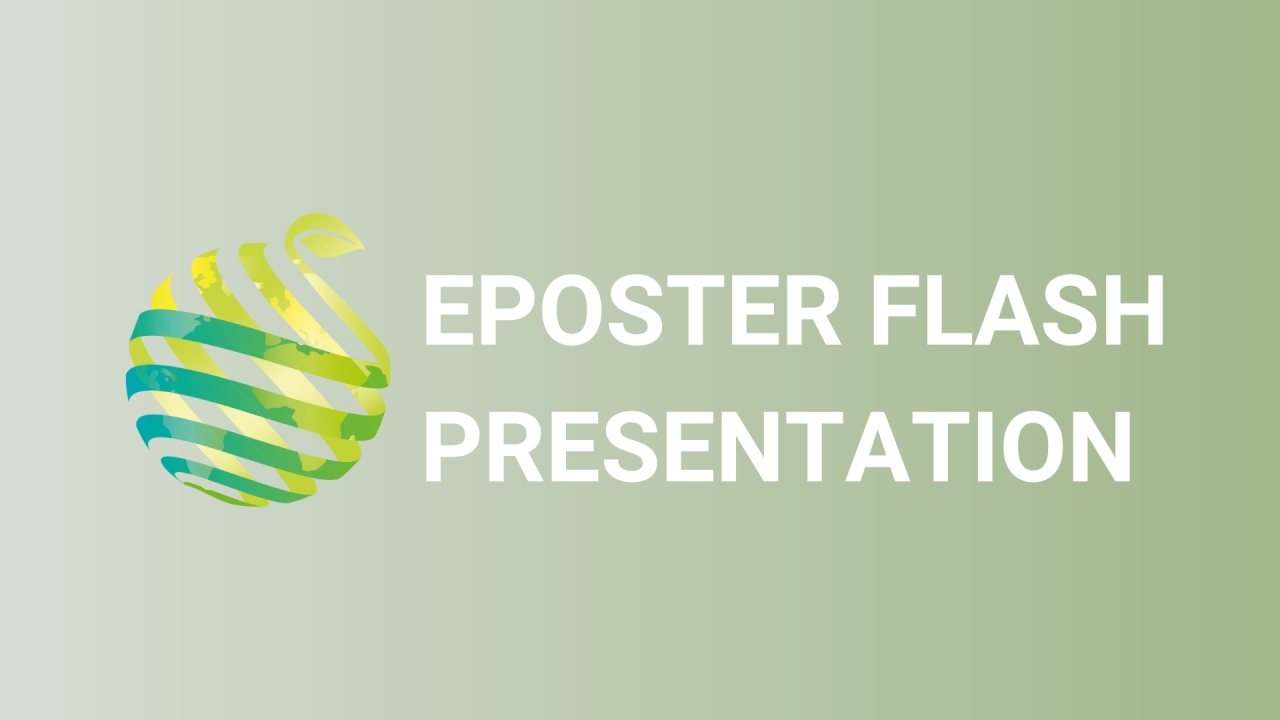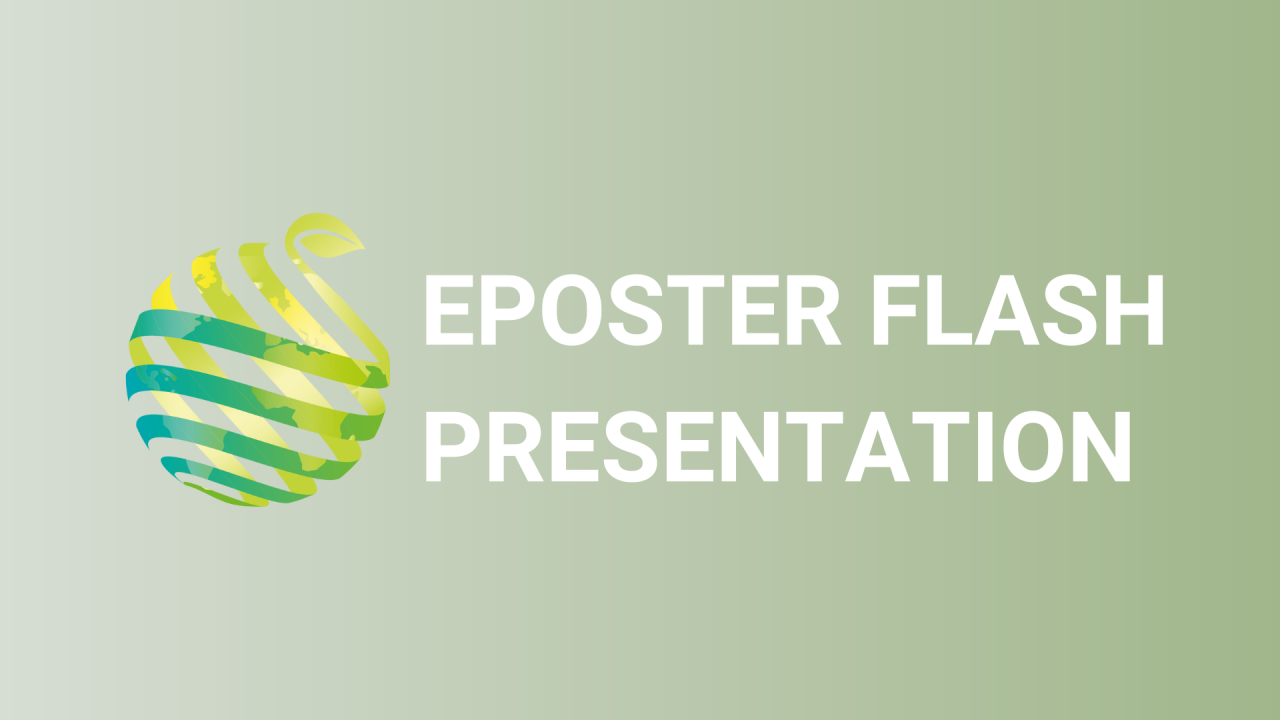

S01 - Session P3 - Comparative analysis of genetic diversity and genetic relationships using morphological characters and ISSR analysis
Information
Authors: Arak Tira-Umphon *, Pramote Pornsuriya
Varieties of yardlong bean were identified and their genetic relationships determined in a breeding program aimed at increasing yield and quality using five morphological characters (growth habit, shape of leaf tip, flower color, seed color, and seed luster) and inter simple sequence repeat (ISSR) analysis. Genetic diversity and relatedness were measured in 2 parental lines, 10 F 7 lines and 4 commercial varietal genotypes. Morphological characters were diverse, with 4 genotype differences from the 16 genotypes and 36.37 diversity efficacy. Cluster analysis by unweighted pair-group arithmetic average (UPGMA) using morphological traits classified the yardlong bean varieties into 3 groups at R 2 = 0.70. Seven of the 12 ISSR primers, producing a total of 137 informative fragments, successfully distinguished the yardlong bean accessions. Pairwise coefficients of genetic similarity between all genotypes ranged from 0.64 to 0.95, with the genetic analysis classifying these accessions into 5 groups at R 2 = 0.78. When using the morphological characters combined with the ISSR, the analysis classified the accessions into 6 groups at R 2 = 0.80: the two parental lines into the same group and the F 7 lines to many groups. Combining morphological characters with the ISSR data was more effective in determining the genetic relationships among yardlong bean accessions than using a single method.